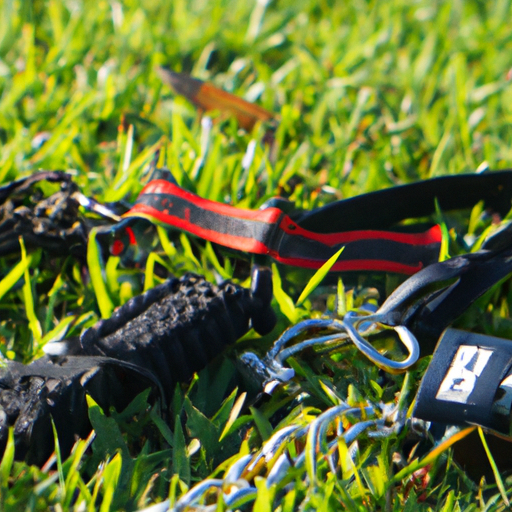Walking your dog is more than just a routine exercise. It is a bonding activity that fosters companionship, trust, and mutual respect. It’s an essential part of dog ownership that requires the right tools to ensure safety and control. At the forefront of these tools is the dog leash.
Key Takeaways
- Understanding your dog’s size, breed, and behavior is important in choosing the right leash.
- There are different types of leashes suitable for different situations and training levels.
- The right leash should be comfortable and safe for both the owner and the dog.
Table of Contents
- Understanding the Different Types of Dog Leashes
- Choosing the Right Leash for Your Dog
- Caring for Your Dog Leash
- Frequently Asked Questions
Understanding the Different Types of Dog Leashes
Choosing the right leash for your dog involves understanding the different types available and their specific functions. Here are the main types.
Standard Leashes
These are the most common type of leashes. They come in a variety of materials including nylon, leather, and fabric. They are typically between 4 and 8 feet long.
Retractable Leashes
Retractable leashes allow your dog to wander off while still being controlled. They can extend up to 26 feet. However, they should be used with caution as they can cause injuries if not properly handled.
Adjustable Leashes
These leashes have multiple rings along their length, allowing you to adjust their length as needed.
Training Leashes
Training leashes, also known as long lines, are essential for training recall. They are much longer than standard leashes, usually between 15 and 50 feet.
Harnesses
Some dogs, especially those prone to pulling or have respiratory or trachea issues, benefit from a harness that distributes pressure over their chest and back instead of their neck.
Choosing the Right Leash for Your Dog
Choosing the right leash for your dog requires considering your dog’s size, breed, behavior, and the environment where you’ll be walking. Here’s a quick guide:
-
Size and Breed: Larger and stronger dogs may require a sturdy, durable leash like a leather one. Smaller dogs may be comfortable with a lightweight nylon leash.
-
Behavior: If your dog is a puller, a no-pull harness may be the best choice. For puppies or dogs in training, an adjustable or training leash might be suitable.
-
Environment: If you’re walking in a crowded or urban area, a standard or adjustable leash might be best for maintaining control. For open, rural areas, a retractable leash may be an option.
Remember, the right leash should provide comfort and control for both you and your dog. Check out this leash guide for more detailed information.
Caring for Your Dog Leash
Proper care of your dog leash will ensure its longevity and effectiveness. Regularly check for any wear and tear, especially if your dog tends to chew on it. Clean the leash as per the manufacturer’s instructions to maintain its condition.
Frequently Asked Questions
Q: How long should my dog’s leash be?
A: The length of the leash depends on its use. For regular walks, a leash between 4 and 6 feet is ideal. For training purposes, a longer leash might be necessary.
Q: Can I use a retractable leash for my dog?
A: While retractable leashes offer more freedom, they pose a risk if not used properly. They are not recommended for crowded areas or for dogs that pull or are not well-trained.
Q: What material is best for a dog leash?
A: The material depends on your dog and your needs. Nylon is durable and affordable, but not as comfortable in the hand as leather. Leather is durable and comfortable but can be more expensive.
Q: Is a harness better than a leash?
A: Some dogs benefit from a harness, especially those prone to pulling or with neck, spine, or respiratory issues. A harness guide might help you decide.
Choosing the right leash is crucial for your dog’s safety and comfort. Take the time to understand your dog’s needs and behavior. When in doubt, consult with a professional trainer or your vet for advice. Remember, a leash is not just a tool, it’s a link between you and your furry friend. Happy walking!



